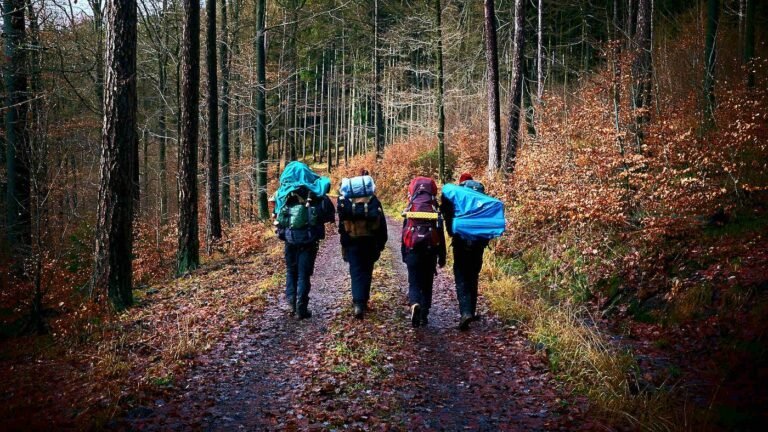Introduction: A Tragic Incident in Focus
The Trails Wilderness Program Death, renowned for its outdoor therapeutic interventions for young adults, recently faced a heart-wrenching incident – the death of a participant. This tragedy has brought to light serious questions about safety, oversight, and the effectiveness of wilderness therapy programs. This article aims to explore various facets of this incident, delving into what happened, the aftermath, and the broader implications for wilderness therapy as a whole.
Background: Understanding Wilderness Therapy
To grasp the significance of this tragedy, it is essential to understand what wilderness therapy entails. This section will outline the principles behind wilderness therapy, its intended benefits, and its typical participants. It will provide a foundation for understanding the context in which the Trails Wilderness Program Death and why such programs have become a popular alternative to traditional therapeutic methods.
The Incident: What Happened at Trails Wilderness?
This crucial section will provide a detailed account of the incident, based on available information. It will outline the events leading up to the death, including the activities undertaken during the program and the circumstances under which the tragedy occurred. This narrative will be constructed from official reports, eyewitness accounts, and statements from the Trails Wilderness Program Death.
Immediate Response and Investigation
Following the incident, several actions were taken by the Trails Wilderness Program and the authorities. This part of the article will examine the immediate response to the death, including rescue and medical efforts, as well as the initial steps taken by law enforcement and the program to investigate what happened. The policies and procedures of Trails Wilderness concerning emergencies and their implementation in this case will be scrutinized.
The Fallout: Reactions and Consequences
The death at Trails Wilderness Program has elicited a range of reactions from the public, participants’ families, and organizations involved in wilderness therapy. This section will explore the public and private responses, including any official statements from Trails Wilderness, reactions from the victim’s family, and commentary from experts in wilderness therapy. The legal, ethical, and social implications of the incident will be discussed.
Safety and Oversight in Wilderness Therapy
A key concern arising from this incident is the aspect of safety and oversight in wilderness therapy programs. This section will delve into the existing safety protocols, regulatory frameworks, and oversight mechanisms that govern wilderness therapy programs, with a focus on how these might have played a role in the incident and what changes are being called for in the wake of the tragedy.
Psychological Impact and Counseling Services
The psychological impact of such an incident on the participants, staff, and the victim’s family is profound. This section will discuss the counseling and support services provided to those affected and the importance of mental health support in the aftermath of such events. The role of trauma-informed care and crisis counseling will be highlighted.Trails Wilderness Program Death
Lessons Learned and Future Directions
Drawing from the incident, this part will discuss the lessons learned and how they can shape the future of wilderness therapy. It will explore potential changes in policy, training, safety protocols, and oversight that could be implemented to prevent similar tragedies. The balance between risk and therapeutic benefit in wilderness programs will be examined.
Conclusion: A Call for Reflection and Action
In conclusion, the death at Trails Wilderness Program Death is a somber reminder of the risks associated with wilderness therapy. While these programs offer transformative experiences for many, this tragedy underscores the need for stringent safety measures, robust oversight, and continuous evaluation of their efficacy and ethics. It calls for a collective reflection on how such programs operate and the responsibility they bear towards their participants.




